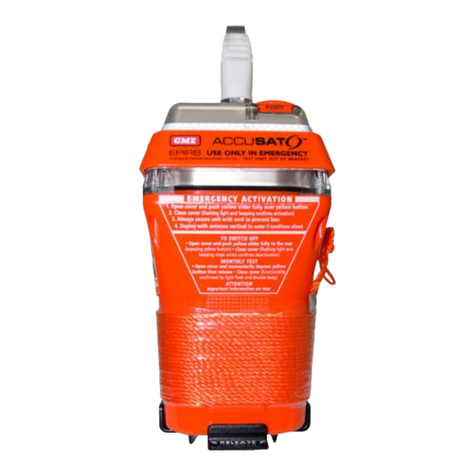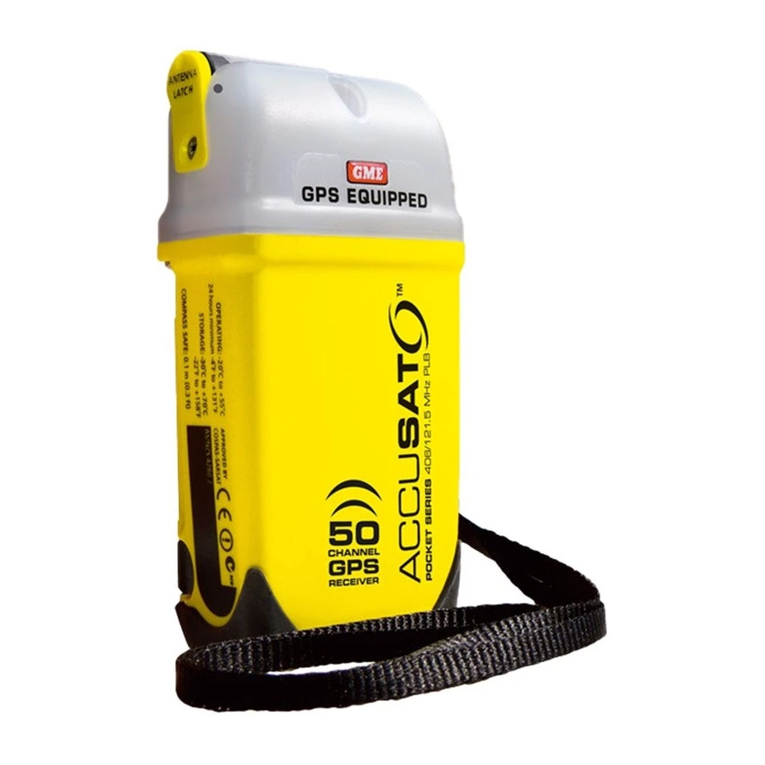
2 TECHNICAL SERVICE MANUAL
APPLICABILITY
This document applies to the following models:
• MT400 [manually activated EPIRB, LiSO batteries]
• MT401 [manually & water activated EPIRB, LiSO batteries]
• MT403 [manually & water activated EPIRB, LiMnO batteries]
• MT403G [manually & water activated EPIRB + integral GPS, LiMnO batteries]
• MT401FF [float-free EPIRB, LiSO batteries]
• MT403FF [float-free EPIRB, LiMnO batteries]
• MT403FG [float-free EPIRB + integral GPS, LiMnO batteries]
SCOPE
Service Department level maintenance is outlined within this document. A suitable skill level is
assumed, as is access to common electronic and mechanical tools.
The scope of this document is limited to servicing and repair in any one or more of these cases:
• Inspection and performance check,
• Battery replacement, typically due to use or life expiry,
• Replacement of physical parts which may have been damaged or have deteriorated to a
point of no longer being serviceable,
• Exchange of a printed circuit card assembly that has failed in a manner not covered by the
product warranty (i.e. a non-electrical failure due to leakage or physical damage only).
NOTE:Repair of the printed circuit card assembly is not possible at the distributor level;
replacement of components is likely to affect module calibration. Specialist fixtures and facilities
only available at the factory are required to perform a module alignment after any repair
operation.
Additional servicing requirements may be imposed by other organisations and authorities on
particular users and installations (e.g. IMO/Circ. 1039). Such requirements are outside the scope
of this document and it is the responsibility of the agent carrying out the inspection and/or
service to determine which if any may apply. These requirements where applicable are always in
addition to, and do not replace, any of the requirements specified within this document.
ASSOCIATED DOCUMENTS
Reference to additional internal and external material may be required to complete some of the
operations detailed within this manual.
Furthermore, from time to time Technical Service Bulletins (TSBs) may also be released. These
bulletins contain information, which may be important to the continued service of specific
beacons, and the instructions contained therein must be followed.
It is possible to regularly verify the issue status and download as necessary new document
releases including TSBs via the support area on GME’s website. Always work with the latest
versions of this and other documentation.
GME’s home page web address is: www.gme.net.au
As information access is limited to approved organisations, distributors and dealers, you must
first apply for an account login. You can do this online from the SUPPORT page.





























